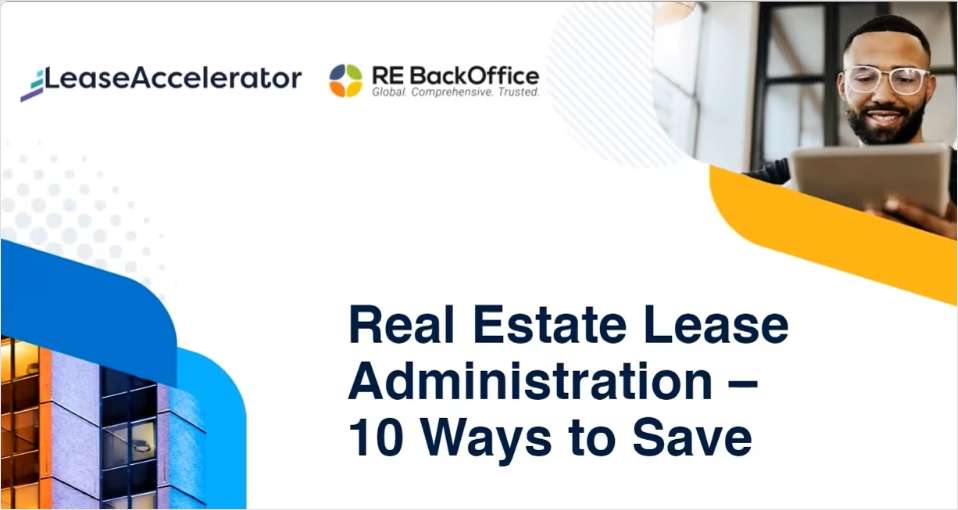CHICAGO—Direct vacancy in MBRE's index of the CBD's 30 newest class A buildings remained relatively steady at 10.7% in the second quarter, according to data just released by the company, which tracks the buildings as a leading indicator of office market conditions. At the same time, the CBD as a whole saw vacancy tick up to 13.55% from a low of 13.44%.
“Class A is doing quite well,” Andrew J. Davidson, MBRE's executive vice president and managing director of corporate services, tells GlobeSt.com. “The index buildings have held steady even though many people continue to right-size and get more efficient." In addition, rental rates in the city's top properties have consistently improved. One year ago, space was going for about $21 or $22 net, but today that has increased to about $25 to $26.
A few large vacancy outliers among the 30 properties do exist however, including 515 N. State, 500 W. Monroe and 525 W. Van Buren. The American Medical Association left 515 N. State in 2013, leaving one of the largest direct blocks in the CBD. The top nine floors of 500 W. Monroe has 231,000 square feet of contiguous vacant space. And the tenant-in-common owned tower at 525 W. Van Buren has had greater than 25% vacancy since 2011.
Continue Reading for Free
Register and gain access to:
- Breaking commercial real estate news and analysis, on-site and via our newsletters and custom alerts
- Educational webcasts, white papers, and ebooks from industry thought leaders
- Critical coverage of the property casualty insurance and financial advisory markets on our other ALM sites, PropertyCasualty360 and ThinkAdvisor
Already have an account? Sign In Now
© 2024 ALM Global, LLC, All Rights Reserved. Request academic re-use from www.copyright.com. All other uses, submit a request to [email protected]. For more information visit Asset & Logo Licensing.








